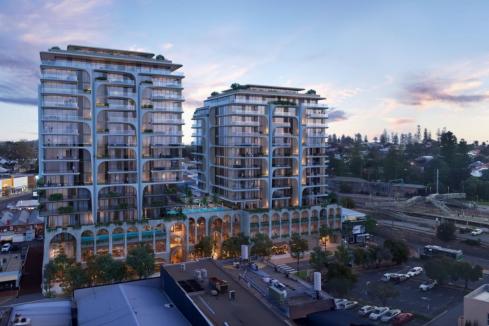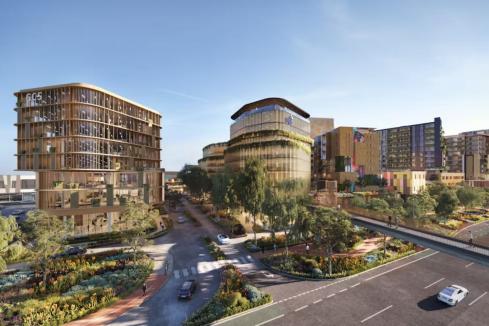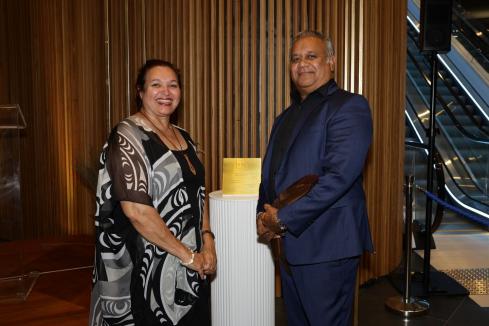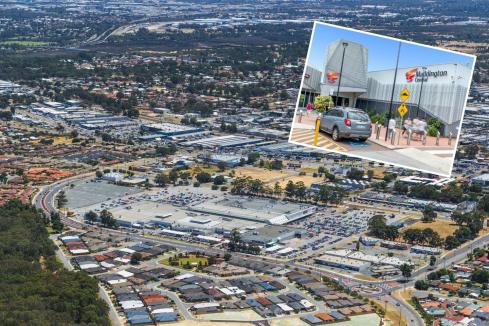The Western Australian Planning Commission has approved a proposal for a four-storey aged care facility, with Nedlands’ residents continuing to express their objections for the project.

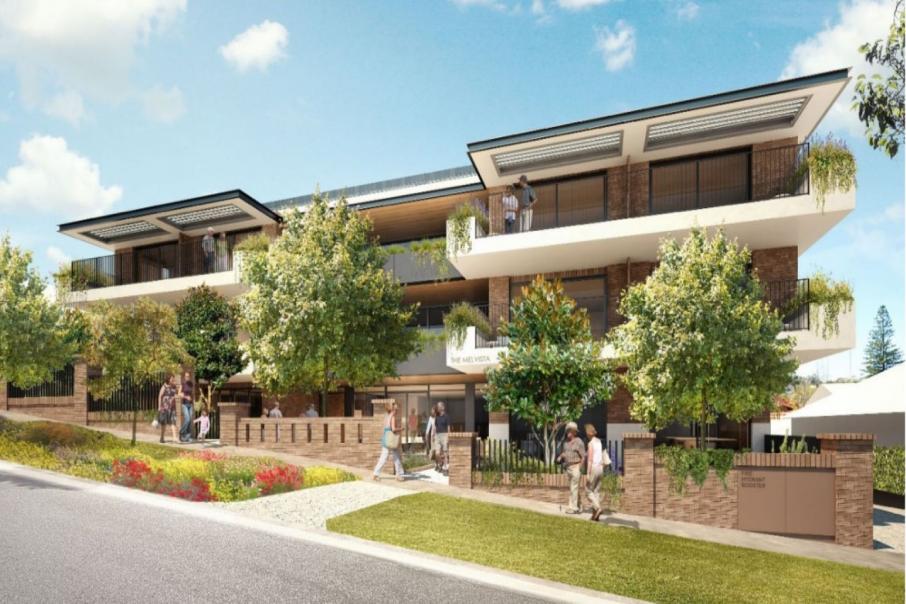
The Western Australian Planning Commission has approved a proposal for a four-storey aged care facility, with Nedlands’ residents continuing to express their objections for the project.
Oryx Communities’ $30 million project, called The Melvista, was assessed through the State Development Assessment Unit (SDAU), a planning process established by the state government last year to streamline significant developments to stimulate economic activity in light of COVID19.
Under the SDAU, the Western Australian Planning Commission (WAPC) is granted temporary decision-making powers to determine development applications with a project cost of more than $20 million across metropolitan Perth and more than $5 million in regional areas.
Oryx Communities plans to build an 80-bed facility, designed by architecture firm Hassell, across four lots totalling 2,980 square metres between 73-75 Doonan Road and 16-18 Betty Street in Nedlands.
The project also comprises a wellness centre, consulting rooms, hairdresser and café, as well as a basement level for servicing and parking.
Earlier this week the SDAU recommended Oryx Communities’ proposal for approval.
In its determination of the project, the WAPC said it had acknowledged the broad and varied interests and views on the proposal from local community members, the broader general public and the City of Nedlands.
The project was knocked back by the City of Nedlands last year, with the council then voting retrospectively to amend its existing Local Planning Policy, which included proposing new planning controls on the site such as height limitations.
The existing local planning scheme was zoned for residential, but without any allocated density coding.
Oryx Communities then submitted a revised proposal, with changes including a reduced number of beds.
Oryx Communities’ latest proposal was open for public consultation late last year and received 679 public submissions, of which 67 were in support, 19 indicated support with changes and 593 objected to the development.
The main issues raised in objections included concerns over bulk and scale, height, traffic, impact on amenity and planning framework.
In explaining its reasons for approval, the WAPC said the development addressed the purpose and intent of the planning framework and was subject to extensive design review resulting in a quality design.
The approval includes conditions relating to operations of the wellness centre, parking, construction management, landscaping and an 18-month approval timeframe.
“The development would also support efforts to increase aged care accommodation allowing local residents to age in place, will contribute to local amenity and is ready for construction to commence this year,” the WAPC said in its statement.
Additional concerns about the development included whether it would adhere to new design guidelines that could start to take shape as a result of the recent Royal Commission into Aged Care Quality and Safety.
Part of the Inquiry’s recommendations included developing and publishing a set of National Aged Care Design Principles and Guidelines on accessible and dementia-friendly design for residential aged care by July 1 2022.
Developing ‘small household’ models of accommodation is one recommendation as part of those future guidelines.
In response to Business News enquiries, Oryx Communities director James Turnbull said the proposed development embraced the small household residential building design in all of its homes, including at the group’s existing facilities; The Richardson in West Perth, and The Queenslea in Claremont.
“This concept houses small groups of residents in a small household that incorporates a kitchen, dining, living and outdoor spaces, where they can enjoy daily living and where genuine relationships and partnerships are formed amongst residents, their families and friends, and carers,” Mr Turnbull told Business News.
“At The Melvista, a typical “household” will be home to 13 residents, who will reside in large private rooms, including rooms up to 58sqm comprising a bedroom, ensuite, private living room and private terrace.”
Within the WAPC’s meeting agenda, the SDAU stated it had also reviewed the findings and recommendations contained within the final report.
“The development plans depict “house common areas” that include kitchen, meals and family room configurations, which are intended to promote a “household” environment,” the SDAU noted.
“It is noted that Levels 1and 2 each include two “house common areas per floor”. The ground and Level 3 include a house common area in addition to a sperate communal seating area.
“The development proposal has incorporated in its design some of the key principles arising from Recommendation 45, noting there is no statutory requirement to do so.”
Opposition
Sirona Capital managing director Matthew McNeilly, who also lives right next to the proposed development, has expressed some concerns regarding the SDAU’s process in relation to the project.
“I am in the unique position as both a developer, and in this instance, an affected resident,” Mr McNeilly told Business News.
“In this particular instance, the SDAU is being used not for the purpose it was set up – it’s almost being used as a backdoor approval process to avoid the scrutiny you would get under a JDAP process that would include community consultation.
“I think our objections of which there are a huge number 600 or so would carry more weight.
“We have a local planning scheme in Nedlands that is full of gaping holes and the two biggest are the fact that it doesn’t contemplate commercial development in a residential area its silent on it and secondly… the second thing is there are no development codes – so these are either mistakes or errors.
“But there’s as proper and orderly way to fix mistakes like this and that’s what we’ve been attempting to do through planning scheme amendments and planning policies and they are getting fixed and this is how I know that this development under a usual Joint-Development-Assessment-Panel process would not be approvable.”
Mr McNeilly said he had supported an earlier iteration of Oryx Communities’ concept plans that proposed a two-storey facility.
“I’m a big supporter of aged care being next to me – that’s never been in doubt, but the bulk height and scale and setbacks are ridiculous and inappropriate.
“And that’s really what I’m trying to argue here – by all means lets do aged care, but let’s do it right. It’s too important not to.
“With the recommendations from the Royal Commission into aged care handed down last week, within those recommendations there are strong recommendations for the future design of these aged care facilities and they are talking about a small congregate model, so scaling these things down.
“Surely we can have a system in place that actually requires balance of argument when you’re making these sorts of decisions. And not rushing to them.”
The WAPC’s decision to approve the project yesterday follows its approval of the $32.5 million State Football Centre in Queens Park earlier this month.
The WAPC said 65 proponents had expressed interest in the SDAU’s temporary assessment pathway since it opened last July, with proposals across both metropolitan and regional areas.





